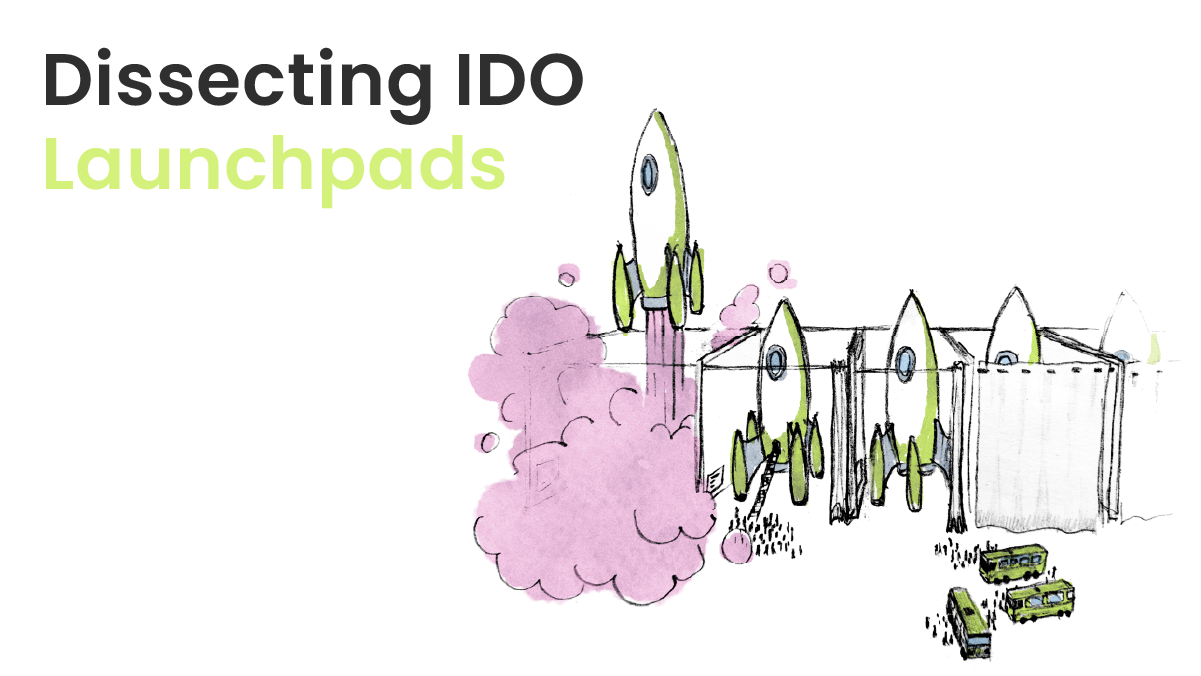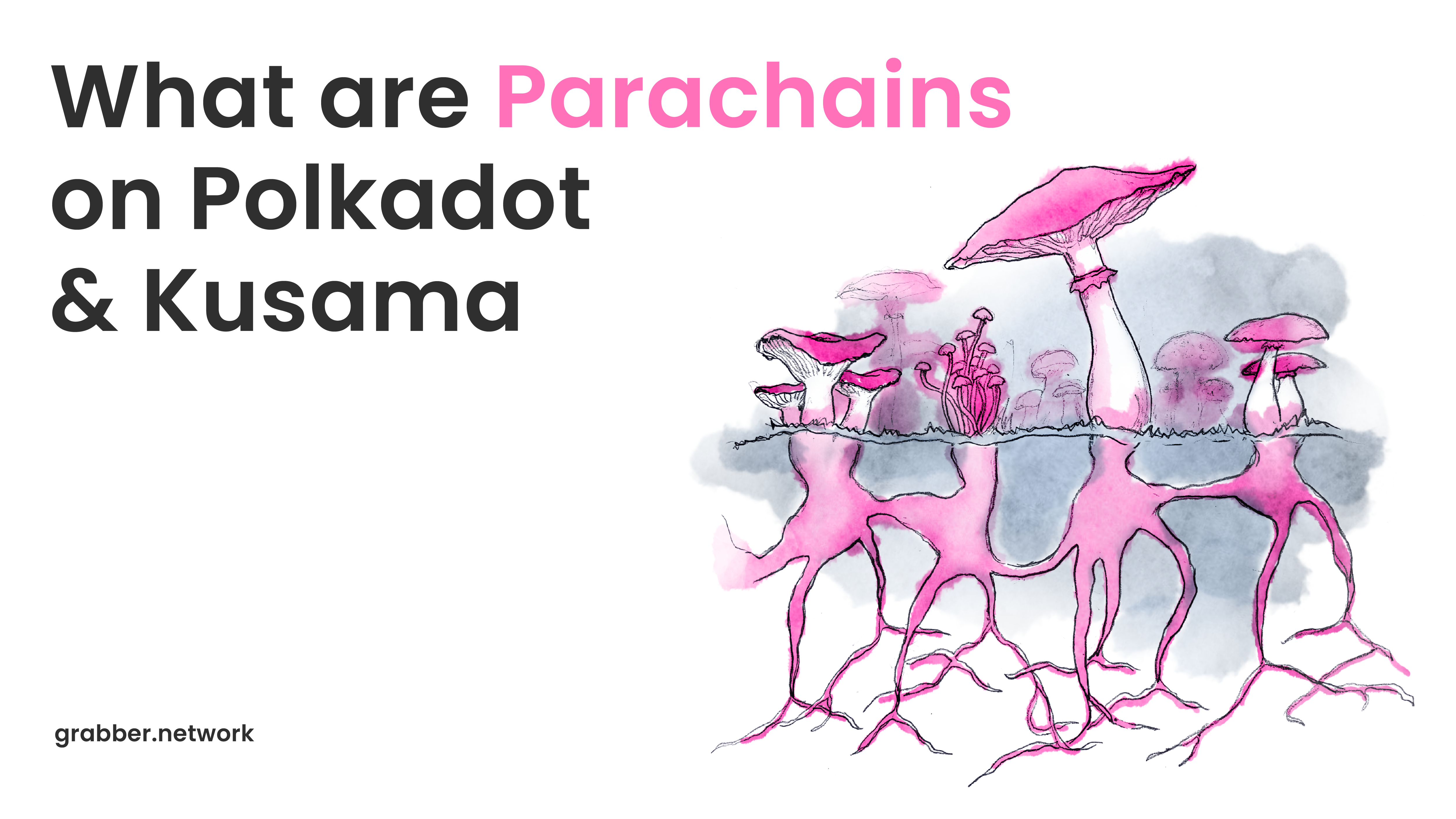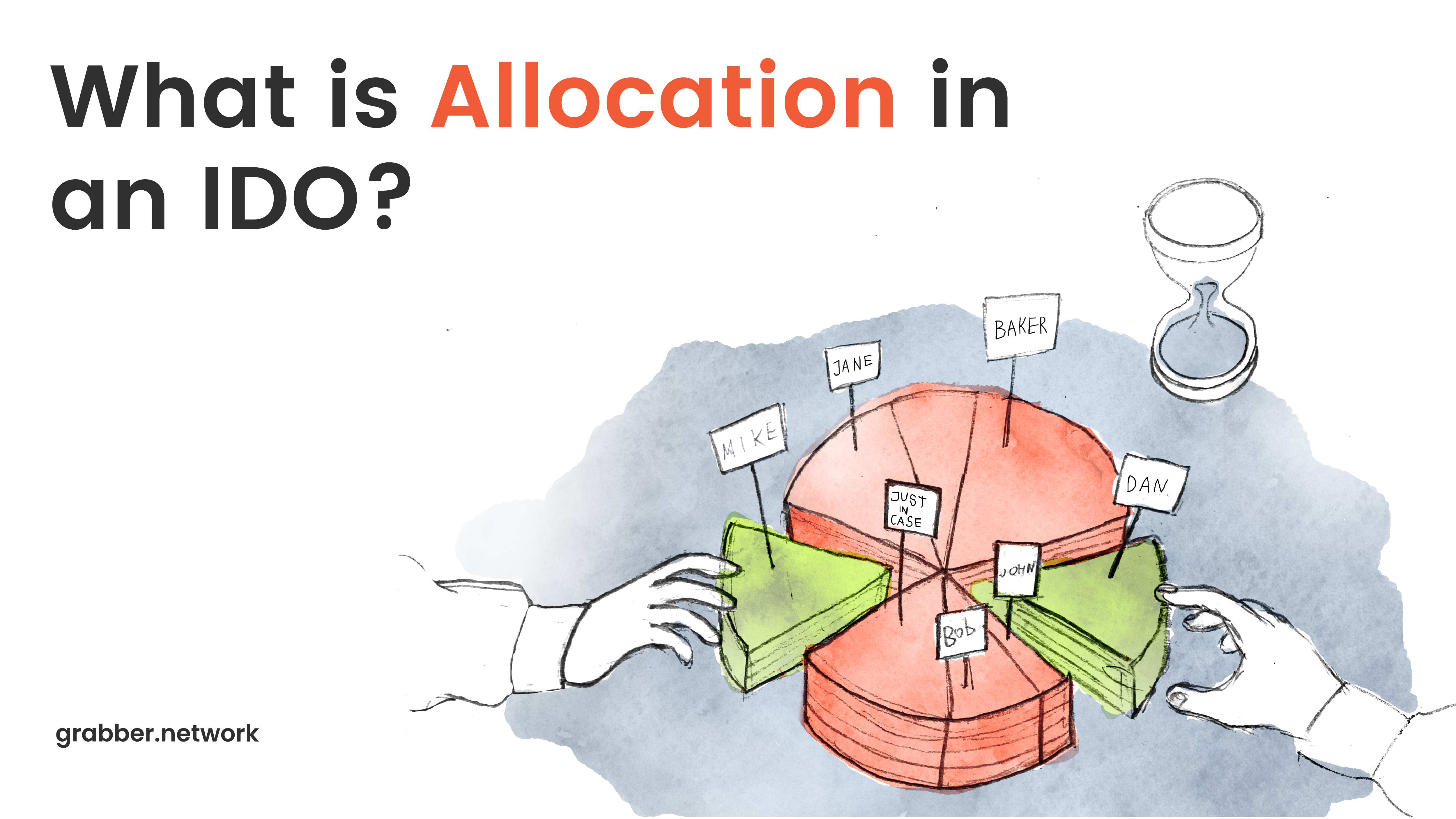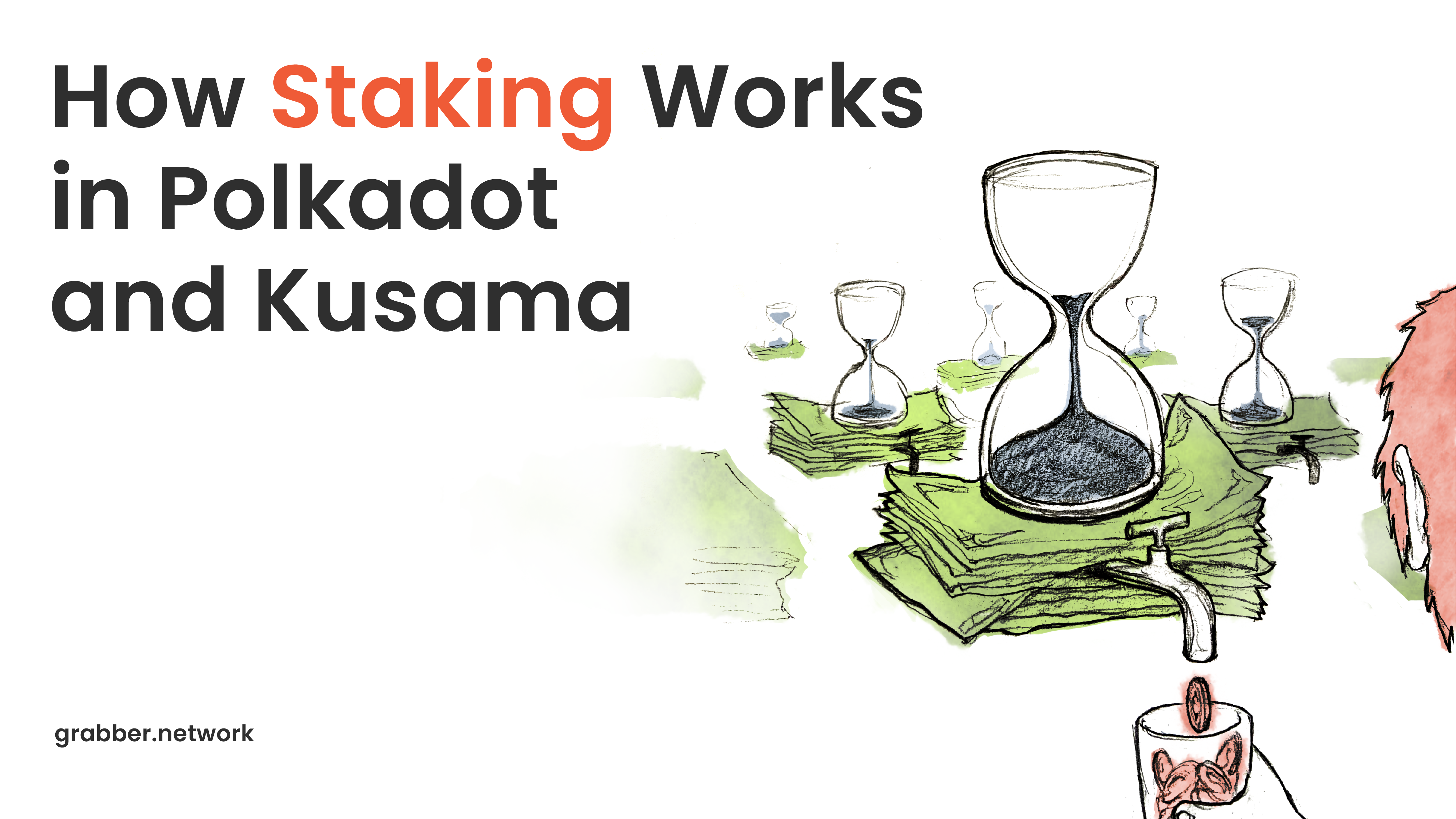Dissecting IDO Launchpads

Previously covered:
- Majority of blockchain startups go through a similar starting cycle in terms of their network growth, especially in the earlier stages.
- Since the value of a crypto project is determined by the scope of its community, apart from having a great product, getting beneficial and contributing users onboard is one of the primary goals for crypto startups.
- Marketing for a crypto startup is a very costly and complicated process. Cutting on the direct advertising in favor of distributing bonuses and incentives towards early adopters and supporters has proven to be an effective community building strategy. Meanwhile, the marketing gap can be filled in by launchpads, which not only serve as marketing tools for startups, but also help in bringing the right community towards the projects’ initiative.
So, now that we’ve gained a basic understanding of the struggles and challenges of getting a crypto project off the ground, let’s take a look at IDO Launchpads – platforms that allow solutions to the issues crypto projects might face while starting out.
Public sale as a fast track to community building
The starting point for breathing life into a crypto project, sort of a “big bang” moment for most of the startups, is a public token sale.
In our last installment we’ve focused on small and mid-sized crypto projects and startups. So this time, we will specifically take a look at IDO launchpads, which have proven to be the best fit for these kinds of projects.
So, what’s an IDO? IDOs (Initial Decentralized Exchange offerings) is a token distribution model, which is being processed through Decentralized exchanges. IDOs are handling the token distribution via smart-contracts and don’t rely on a single authority. IDO in a sense is the method of token distribution most consistent with the central principle of crypto – decentralization, done with a hindsite of ICOs. This, of course, comes with a lot of setbacks in terms of costs, but it generally is the most “free market way” for crowd-sales.
When we’re talking about launching a crypto startup, IDO distribution has a serious set of challenges that the project has to overcome. The main challenge is that digital assets (that would go on sale) should be ready for use (and selling on the exchange) to begin the process of distribution. That means that a lot of work is required before the sale: proven business concept, MVP, partnerships, marketing, and an established team. And in a vast number of cases, there should be professional investors already on board. This is the main difference between IDO/IEO and ICO. Quite obviously token sales can’t be the main source of funds in this case.
And this is where Launchpads come into play. They disrupt the IDO model and offload the project from performing a complex and expensive marketing campaign prior to distribution of tokens among the community.
As a stand-alone marketplace Launchpad can do all the work for the launch: vet ready-to-sell projects, promote them, distribute their tokens, and onboard the community. Trading tasks could be done by projects themselves or by a partnership with a market-making company. Launchpads help further decentralize existing token sale models. They give more freedom to projects, more ways for audiences to interact with them, and help to onboard new communities.
Launchpads are a result of a free market.
Connecting (onboarding and engaging) users with selected startups is a two-sided marketplace. Сrowdsales are a form of interaction between these two parties on one platform (Fig. 9).
Blockchain Launchpad is a Web3 app where registered and approved users can join in selecting startups’ sales. It means sending selected funds to the address of the sale in the amount of a predetermined allocation in exchange for digital assets of new crypto projects.
Blockchain Launchpad also operates community and startup platforms. Community platforms are basically open communications channels that work for approved and new users. In contrast, startup platforms are more robust. However, there are more things to do: from onboarding to updating ‘tokenomics’ and helping with investments.
Launchpads are truly decentralized applications. They are free to use, contracts are transparent, and the community can decide whether to support a sale or not.
After a tough competition, industry standards also worked out some rules:
1) Skin-in-the-game – Launchpads take tokens with vesting, just like every launchpad user. There is no upfront fee.
2) Corruption-proof – Launchpad collects a tiny amount of funds from users, so any embezzlement is instantly noticeable.
3) Commitment-based participation – There are two parts of commitment: work&time (registration + KYC) and locking funds. This leads to the fact that only highly motivated users can participate in crowd loans.
4) Commitment-based competition. The more funds a user can lock the less likely they are to dump tokens – More tokens can be provided securely. Transparent locking of funds creates fair competition between users.
5) KYC, as a way to prevent scams such as mass registrations. Mass registrations won’t hinder the transparent competition between users.
The negative aspects include the fact that:
- Launchpads do not launch large projects. Since this approach requires a combination of fundraising and token distribution.
- Launchpads are selective within the framework of projects that are launched. To run on a launchpad, the project must have traction. Therefore, some of the brave, smart ideas and founders cannot use them.
Reaching Critical mass FAST with a Launchpad
Of course, a project can accumulate an audience and pass the critical mass point gradually, on their own. At the same time, the longer the path to it, the greater is spending: the primary (usually cheaper) audience burns out, and each new user requires complex and expensive onboarding, there are analogues appearing on the market, and so on. There also are costs for maintaining users, the developers team, infrastructure, etc.
The shorter the time, the better.
Therefore, a model of “sharp community gathering” has appeared on the market, which is based on the incentivization of existing audiences and the redistribution of the company’s potential costs to the benefits of these community members. The existing model went through many iterations (including) ICO and eventually turned into a subspecies of “sampling”.
Main idea of a launchpad is providing opportunities with a close-to-99% chance of success on minimal supply.
Token sale: crowdsale of digital goods for personal use.
A token sale is based on the idea of “sampling”: providing promotional goods for future customers. In the case of the new P2P systems, it can be described as providing extra benefits to the early adopters by distributing assets before the product launches. It’s very close to the current stage of crowdfunding. Today crowdfunding is also often used as a “sampling” that helps distribute goods between early adopters, usually, with a good discount.
Users can always resell the received goods because they’ve already been paid for, and, of course, the goods are their property (either offline or online). But crowdfunding does not allow users to make a profit or receive dividends by reselling promo goods because the main idea is to establish connections with future users.
Token sales (often called a “crowdsale”) proposes the following for digital goods. A user can buy “sample digital goods” from this new startup, but only for personal use. Because of the P2P nature of this asset, it is easy to send, or exchange received digital goods with other users.
Picture it as buying movie tickets with an 80% discount before the season starts. But there is a limit of 10 tickets per person.
The main difference between crowdsale and crowdfunding is the type of asset that the investor acquires. Collective fundraising for a new project (crowdfunding) offers to pre-order services or products of a future project. Meanwhile, by investing in a crowdsale, buyers purchase digital units of the company at a primary cost to support development, which can later be used to generate profit. Company’s coins can be traded on the stock exchange, pay for project services or receive dividends. Crowdsale also offers complete independence of the project and no need to legalize the investor’s income.
And this is a very stable model when it comes to tokenomics.
Instead of spending X amount to acquire a new user, a startup can sell future tokens to them at a discount that will increase to the original amount and give a profit to the user. In other words, startups can provide discounts to future users instead of paying for Google ads. Once the project is launched, the tokens can be freely used like any other digital asset.
TGE
The idea of using the marketing budget to distribute to the target audience instead of spending on marketing reached its apogee in TGE. TGE is a process of jumping through a set of initial communities.
Regardless of the type (which we will consider further, the idea is essentially described simply: to enable a wide range of users to receive a project token at a significant discount at the same time.
How to make money on launchpads?
- Earning on the launchpad.
Why do users go to the launchpad? The launchpad gives you the opportunity to buy a project token at the price of a pre-seed investment. And due to all the features, the launchpad allows you to do this in the safest possible manner and plays on the side of users. The launchpad makes it possible to select projects in which the user participates and provides a transparent (and uncorrupted) way to compete for allocation.
- Earning on the connected infrastructure.
A good project on a new infrastructure brings users not only to itself, but also to the projects with which it is associated. This is both the launchpad and the infrastructure blockchain on which it works.
Types of launchpads
Launchpads can use different blockchains and community organization methods, and they can also be focused on different projects. There are three main types of launchpads to highlight.
- Stand-alone or “community-first”
Example: DAO maker.
This was the first wave that brought a lot of excellent projects alive. These types of Launchpads collect already onboarded customers native to infrastructure and provide them with an opportunity to take part in the launch of a new dApp. Also, they are based on already established blockchains with robust ecosystems, and therefore, their impact on native chains is minimal. “Community first” Launchpads don’t impact activity levels within or token prices of already established communities.
- Industry specific
Example: GameFi, NFT launchers.
These are typically chain-agnostic launchpads that provide opportunities around their core community. This type of Launchpad collects users interested in a specific field of blockchain dApps (games, finance, NFT, etc.). Also, they help onboard customers for new chains. This type of launchpad can provide value only for new blockchains – by bringing new customers that can buy their tokens.
- Monochain
Example: Avalaunch. These are the newest and most promising launchpads. They become a part of the core chain and enrich all of its infrastructures by helping develop new projects within it. These launchpads also can influence the circulation supply of native blockchain assets.
Receive updates from our blog
You may be interested
Learn basics in our free Wiki section!



